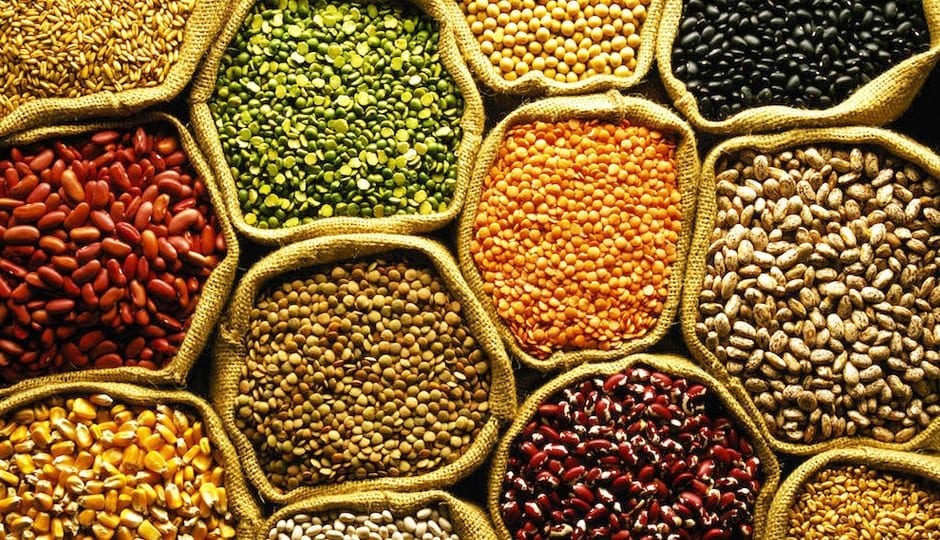In most cases, you will continue to eat the foods you normally eat, but in smaller portions. You may need to cut back on fatty foods and foods with extra sugar. You will need to gradually introduce healthier, more nutritious foods into your diet and make physical activity a part of your daily routine. Individual counseling by a doctor or a Registered Dietician will help you determine what is best for you. The following are guidelines for general information. For those who are overweight, the following tips will be helpful.
Planning a balanced meal – Try to make every meal a 4 point meal. That means including something from each of the four food groups (starch, fruit or vegetable, milk or calcium-rich food and a protein choice) at every meal. Your meals throughout the day should also be balanced and spaced 3-4 hours apart. Include a wide variety of foods in your diet, such as:
- Eat raw vegetables at lunch and snack times.
- Try fat-free yogurt and fruit for dessert and with breakfast.
- Eat a variety of starches like whole grain or rye breads, pastas and oatmeal.
- Add less fat in cooking and try light mayonnaise.
Eating a smaller amount of food can help improve your blood sugar (blood glucose) and help you lose weight. Drink lots of water and limit fruit juices, fruit drinks and regular soft drinks. Fast weight loss diets may sound promising but are not recommended.
Eat small snacks, only if needed: Try to cut back on snacking. Remember that being a little bit hungry is okay because that means your body is using up stored sugar and fat. Try to hold off until the next meal by having a glass of water, a cup of herbal tea or a glass of diet beverage. You can also keep yourself busy; this helps to keep your mind off food. It is a good habit to go for daily walks. If you really need a snack, choose healthy snacks such as some raw vegetables, a piece of fruit. If you feel dizzy or weak between meals you may have low blood sugar. Then a small regular snack may be what you need. Talk to your doctor about your symptoms.
Follow these guidelines for how much to eat at your main meal:
- Starch – potato, rice, pasta, corn, bread or bannock – an amount that would fit into one or two of your fists.
- Protein – meat, chicken or fish – an amount that would fit into the palm of your hand.
- Milk foods – skim or 1% milk, low-fat yogurt or cheese – up to one cup of milk or yogurt or a piece of cheese about the size of your thumb.
- Vegetables – carrots, peas, beets, turnips, parsnips, squash or mixed vegetables – an amount between ½ cup to 1 cup – and fill up your plate with free vegetables, e.g. broccoli, cauliflower, yellow or green beans, celery or salad.
- Fat – butter, lard, margarine or oil – an amount that would be less than the tip of your thumb.
Make a healthy choice for dessert, have a fresh fruit or small dish of low-fat pudding. Limit cakes, cookies and ice cream to once a week or less. Avoid or limit alcohol. Eating properly and exercising regularly will help you manage your blood glucose and reduce type 2 diabetes complications (such as eye, kidney or foot problems).






Leave a comment